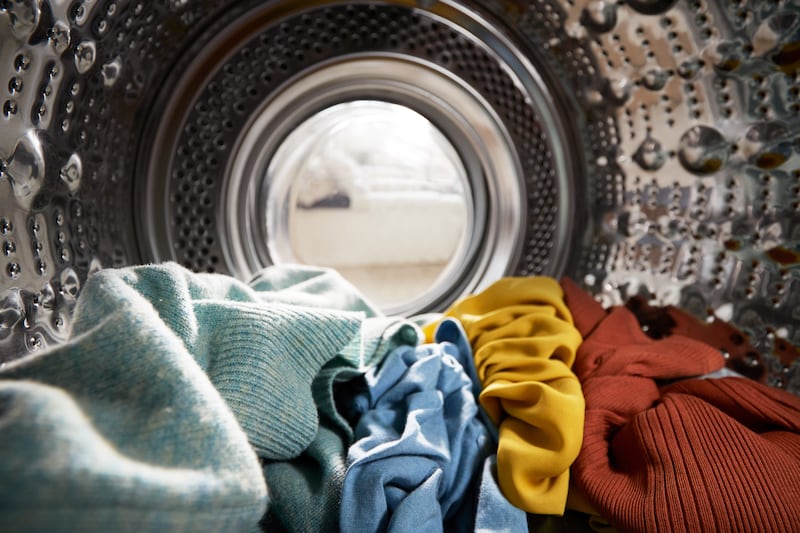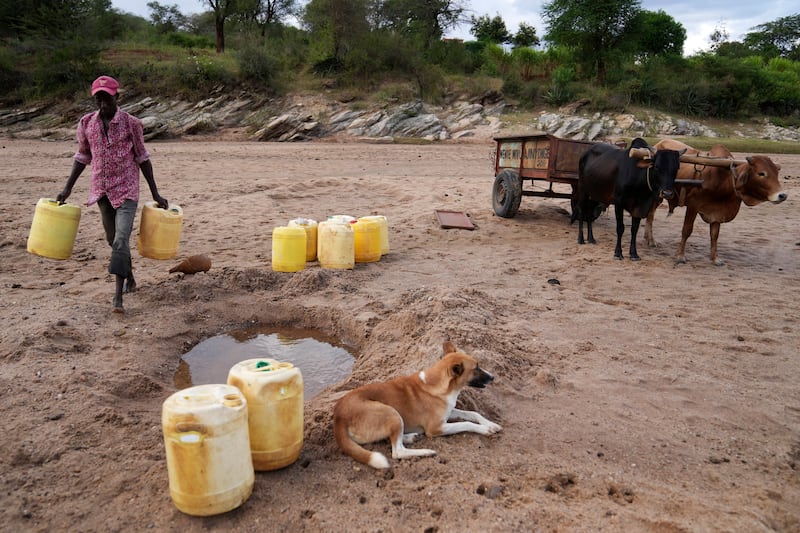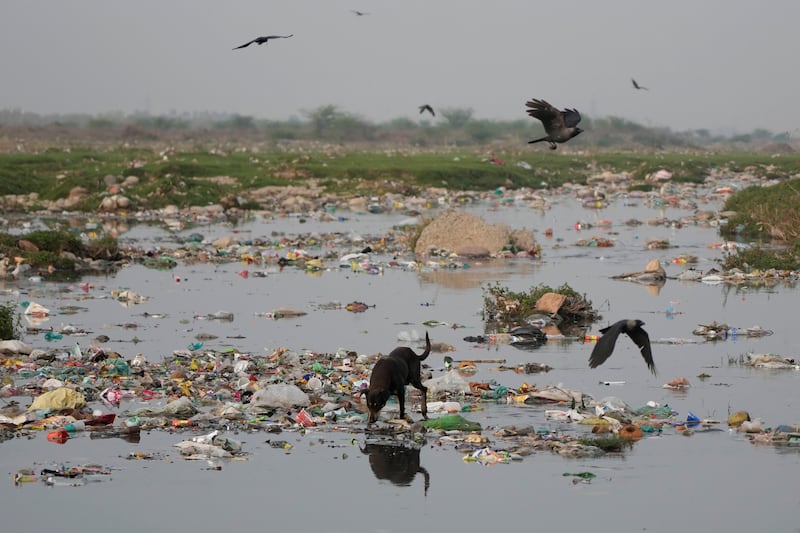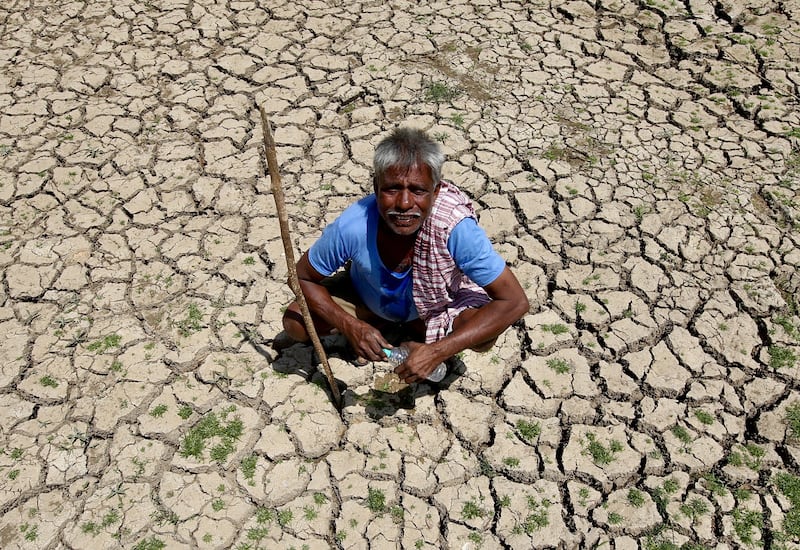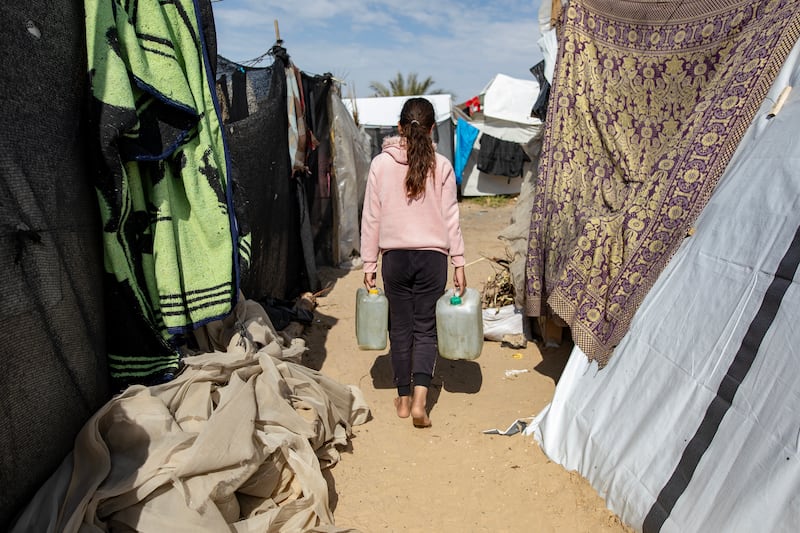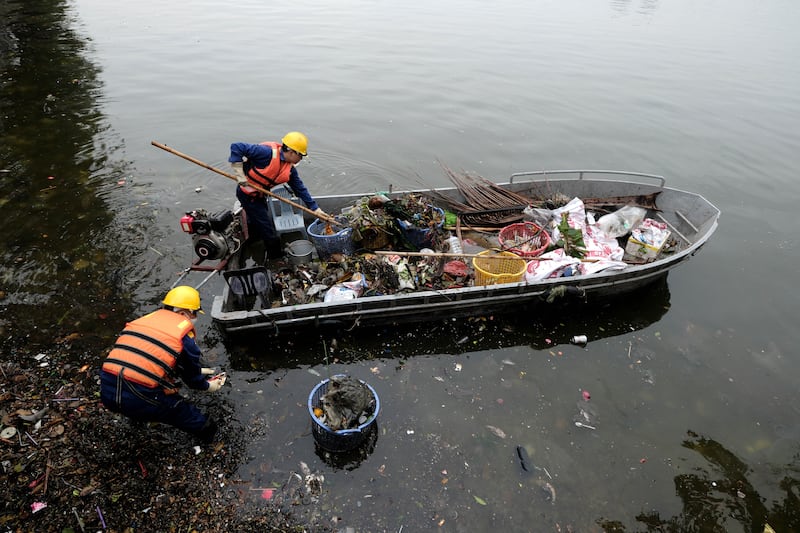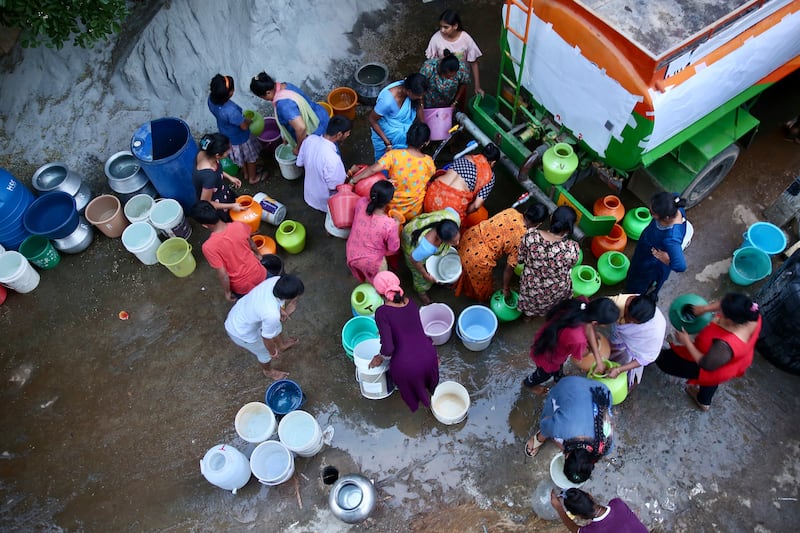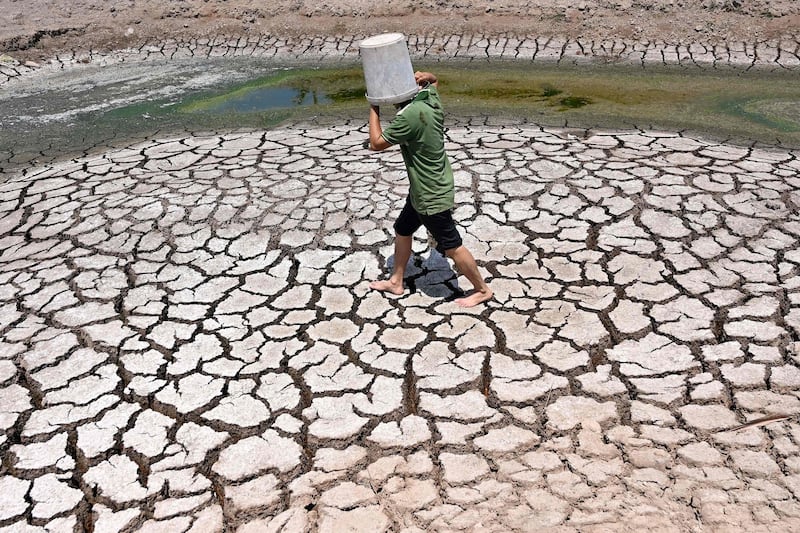“Rule of thumb, if you don’t absolutely have to clean anything, don’t clean it.” So said British fashion designer Stella McCartney in 2019, kicking off the “no-wash” movement. Sometimes called the “low-wash” movement, it rose in popularity on the back of social media, aiming to save money in the short term and the planet in the long term.
It flies in the face of decades-long marketing campaigns from the cleaning industry that have conditioned most of us to believe that a clean laundry basket translates into better personal hygiene. Often this means clothes are tossed into the laundry bin even after just a few hours of light wear.
The dirt on the no-wash movement

The no-wash movement advocates doing the bare minimum when it comes to personal laundry management. Several factors come into play here, from the polluting chemicals contained in laundry detergents and fabric softeners, to the shortened lifespan of frequently washed clothes.
Mark Sumner, a lecturer in sustainable fashion at the University of Leeds School of Design, says routine laundering isn’t really the best thing as it could lead a garment to “shrink, fade, become misshapen, or pill”.
Apart from being harmful to clothes – thus shortening their life and leading to new purchases – Sumner lists other problems: the use of detergents, water and energy, as well as the laundering of textile fabrics being “a significant source of microfibre marine pollution”.
Spilling the jeans

These concerns have led to numerous start-ups across the world designing clothes that need less laundering. Unbound Merino creates wool travel clothes that can go weeks without being washed, while Pangaia offers seaweed fibre T-shirts treated with peppermint oil to keep them fresher longer between washes.
Wool & Prince’s range, from boxers to shirts, is designed to be washed infrequently, while sister brand Wool & offers dresses meant to be worn for 100 days straight without washing.
And then of course there are the denim fans who believe less is always more when it comes to washing jeans. Leading from the front is former Levi Strauss chief executive Charles Bergh, a committed non-washer.
“True denim heads will tell you to never put your denim into a washing machine. So that’s what I do,” said the man who hasn’t washed his jeans in over 10 years in an interview last year.
There are many who swear by the no-wash dictum, especially when it comes to jeans. “I think the longer I wear my denims, the better they look and feel. I bought a pair of jeans at the beginning of last year and am yet to toss it in the wash,” says Shiv Desai, a communications expert from London.
How to keep clothes clean without washing
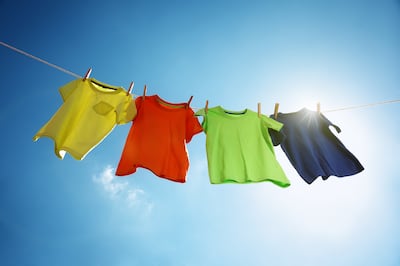
The new ways of clothing care are driven by the belief that frequent laundering is unnecessary to maintain clean, odour-free garments. Desai believes a large number of people “wrongly and unnecessarily” wash their clothes after every wear.
Instead of turning to the washing machine, he suggests other ways to care for garments, such as exposing them to sunlight, airing them overnight, or using clothing mists and textile sprays.
Influencers and sustainability bloggers have their own take. TikTok content creator Stanley Dru’s no-wash tip for jeans involves popping denims into a bag and freezing overnight to ensure the cold kills off any bacteria and leave your jeans fresh.
Bergh suggests spot-cleaning and washing denim by “keeping jeans on in the shower and covering them in soap as you would your body”. Sustainability blogger Tiina Nyman’s way to keep sweaters clean involves steaming to kill bacteria and remove odour, and then spraying a “laundry vinegar” to keep any garment “fresh as a wash”.
In a podcast titled The Rise of the No-Wash Movement, Dr Rebecca Van Amber, a senior lecturer in the School of Fashion & Textiles at RMIT University, Melbourne, says the movement is largely driven by the cost-of-living crisis. “The pandemic led to casualisation of clothing, change in personal values, and an increased focus on sustainability,” she says, adding that laundering choices differ from person to person.
“Typically outerwear, jackets, blazers, jumpers, jeans and other such items need less washing. But it depends on the kind of item, the material it’s made of, the weather, and if it’s being worn next to skin.”
Clean is not always green

“Our use of water is unlimited, but the resource is not – overuse will run our environment completely dry. Adopting a low or no-wash policy can help cut down consumption,” Desai says.
Consumption is definitely on the rise. The Ellen MacArthur Foundation, which endorses waste reduction, states we’re currently buying 60 per cent more garments than we did a decade ago, and are only keeping each item for half as long. Treating the contents of our wardrobe with more care and a greater sense of circularity can help break this cycle.
In a 2023 paper published in Nature, environmental scientist Laura Scherer writes that a transition from fast to slow fashion demands changes in product design and marketing, but also consumer behaviour. She said consumers can make a significant change as “buying fewer clothes and washing less frequently are undoubtedly beneficial. And it even saves you money.”
When it comes to overwashing, statistics back the laundry logjam across the world. According to the US EPA, washing machines account for 17 per cent of home water usage, while Australian washing machine company AEG estimates that 90 per cent of washed clothes “aren’t actually dirty enough to be laundered”.
According to the Plastic Soup Foundation, an average of nine million [plastic] microfibres are released into the environment every time we wash our clothes, while a Fashion Revolution report from 2017 found that 25 per cent of the carbon footprint of a garment comes from cleaning it.
Of course, location is a key factor in how easy or not it is to follow the trend. If you live in a hot country where it’s hard to avoid perspiring, what you do, the fabric type, the wear, and the weather can be deciding factors when it comes to laundering your clothes.
In such a case, it might be better – and easier – to commit to limited cold washes. According to the American Cleaning Institute, about 90 per cent of the energy a washing machine uses goes towards heating the water. If a household switches to cold water washing, it can eliminate about 1,600 pounds of carbon dioxide a year.
The sniff test, too, may help you decide how often you should wash your clothes. But as Van Amber put it, one thing’s clear, “the less washing you do, the better it is for the environment, the lower your energy bills will be, and the longer your clothes will last”.
